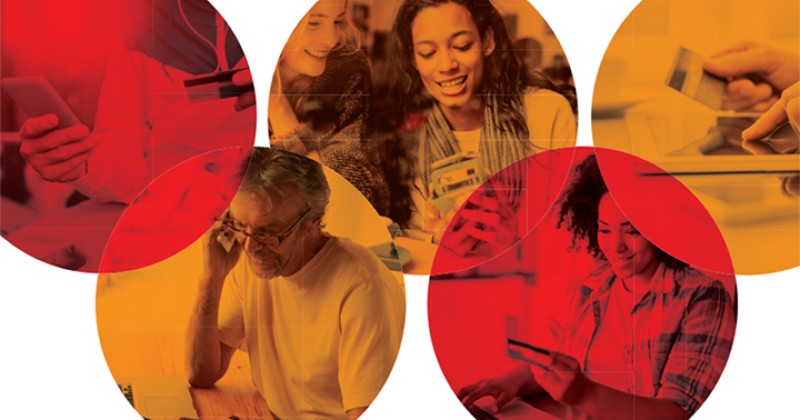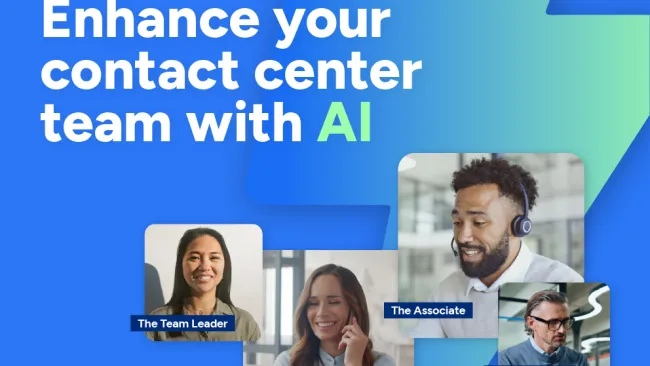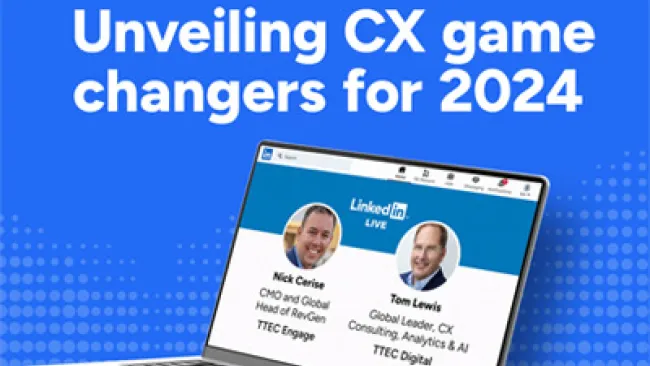All the prestige in the world amounts to nothing if your clients are not happy with your product. In the words of Kate Zabriskie, “The customer’s perception is your reality.” That fact is not lost on Mastercard’s Executive Vice President of Global Customer Care Lance Gruner. He explains that his job consists of crafting a reality that merges real-time interactions with evolving customer expectations.
Gruner is an advocate of placing customer issues in the C-suite, and he stresses the importance of bringing quality customer experiences to all levels of clients. But just as the human element is essential to his goal of outstanding customer experience, he sees the need for an equally capable omnichannel and self-service model. We recently discussed his take on the growing importance of Chief Customer Officers.
Customer Strategist: How do you approach your role as Chief Customer Officer?
Lance Gruner: For me, it’s about keeping an unwavering focus on what makes a great experience for our customers, while at the same time developing that deep emotional connection with them. My team and I are the true voice of the customer, and it is our duty to represent our customers [both consumers and merchants] as best we can in every conversation that we have, and on every project on which we work. They’ve told us that making it easier to work with us is a top priority.
I work with my business partners across the company to do that. And we want the experience to continue to get better. Getting more insight into the voice of the customer is important from the CEO on down. At regular intervals, members of the management committee take time to hear and review this feedback, and we adjust priorities as needed. Success is measured on several fronts, with several key measurements. As a team, we monitor and measure the typical KPIs such as NPS and CSAT, but we also look at customer surveys, escalations, resolution cycle times, and social media posts. But most of all we make sure we are constantly moving the needle toward a better customer experience.
CS: Why is it so important for companies to have a senior customer executive?
LG: Today, customers have enormous power and influence over the companies with which they choose to do business. I think the challenge that most companies face is how to understand that power and translate that into focused efforts, enterprise-wide, that deliver on the needs of their customers.
There are so many people in an organization that touch the customer experience and help shape the brand reputation your company has. More often than not, these individuals aren’t talking to each other—making the interactions customers have with your company feel disjointed, disconnected, and frustrating. [This is] definitely an area of opportunity.
Designing an experience where the customer relationship is consistent end-to-end, while making sure all of the customer touchpoints throughout the process are engaged and informed, is what customers expect us to deliver. For example, customers do not want to give the same information to a company over and over again—they expect you to know them, know why they are contacting you, and be able to help them quickly. And that’s a very realistic expectation, one upon which we have to deliver.
Having a Chief Customer Officer means that the relationship with the customer is governed in one spot. He or she is the voice of the customer within an organization, managing oversight to the entire process. This allows for recognition on the parts of the process that are going well, and allows you to quickly work on the process opportunities that need improvement.
Happy customers mean you have the right people and processes. The right processes mean that you are optimizing both your workforce and the experience for your customers. With both of those in place, you then have the opportunity to focus on the really important or difficult requests that drive an even deeper connection with your customers. Positive feedback from customers, as well as seeing how optimization impacts the organization, should motivate your teams to want to find additional ways to shape an even better experience.
Better experiences for your customers gives your team the opportunity to share those successes with other key stakeholders, and make them a part of the customer experience (CX) momentum.
CS: What areas of customer experience transformation are you focused on?
LG: Smartphones, the internet, and social media are disrupting the customer care industry. With immediate access to data and a smartphone in so many customers’ hands, they want answers right away. No longer is it acceptable to wait a few days or sit in a queue on the phone for a response—they expect answers and service immediately. The industry is shifting quickly its attention to the use of artificial intelligence, robotics, and live chats with customer service professionals, as well as leveraging social media to service and support their customers.
Service level agreements around acceptable amounts of time to resolve issues are changing rapidly. And the norms for these are changing every day. Most importantly, we have to be ready to communicate via whatever channel the customer wants.
CS: Is there an example of a customer experience initiative you’re working on related to this transformation?
LG: While we have quickly responded to the need for omnichannel support, and are adopting and improving processes to support these changing demands, we are now expanding our focus on self-service, artificial intelligence, and robotics to enhance the customer experience, which will allow us to drive a deeper emotional connection with our customers.
We’re listening to our customers, and what they tell us is that they want a balance of self-service options, but then if they do have questions, they need to be able to talk to a person who can help resolve their needs quickly. So, we’re delivering exactly what they want, with a balance of both automation and human service options. We use self-service and automation for things like password resets, status updates, and opening of service requests. This allows us to deploy our team to handle more complex service needs, as well as offer more individualized services. We want to solve as many [simple] requests and status updates as we can quickly through automation, while also giving them the option of a person who is well-equipped to help them.
CS: What is your biggest challenge?
LG: As a global company with customer care teams in 29 countries, supporting customers in 186 countries in 67 different languages, it can be challenging to have a consistent Mastercard brand experience. We are working to educate our teams, focus on consistent processes, implement governance and talk to and get feedback from our customers.
I’m a big fan of ongoing training. It’s never something in my mind that you teach once and then should consider “done.” There are always opportunities to use refresher training to improve processes and share product and service updates. You also look at the people and companies who are knocking it out of the park from a CX perspective, and leverage the good ideas where it makes sense for your organization. Companies that I always look to as a model for great CX are Disney, Southwest Airlines, USAA, and Nordstrom.
Finally, if you have examples of people within your team who are making a particularly positive impact with your customers, have them share their thoughts and experiences with the team. It’s motivating for them, and for the rest of the team to learn from them!
CS: What advice do you have for other executives about elevating customer issues to the boardroom?
LG: CX can’t be a one-time thing, or a flavor of the month. And you have to have the right people involved! You have to have people skilled in this space leading your CX transformation, otherwise success will be much harder to achieve. The focus on the customer experience has to be a fundamental part of your DNA as a company.
And, of course, it’s a living organism. You must keep evolving it as your customers’ needs and wants change. Delighting the customer should be everyone’s responsibility and focus. From the beginning of discussions with a customer to a signed contract, from product design to customer service, it should all focus around the type of experience you want the customer to have.
Everyone needs to know how the customer lives within your organization. Take the time to walk in their shoes. More than that, though, check in with them on a regular basis and hear their feedback so you can course correct as needed and continue to offer amazing experiences.
Companies need to understand that customer experience is end-to-end. No one person or team owns the customer. We each are privileged to own the customer/customer experience for a moment of the entire experience. Teams need to talk to each other, share data with each other and look for continuous ways to improve the experience. Talk to your customer and focus on solving their need, not what you think they need.

















